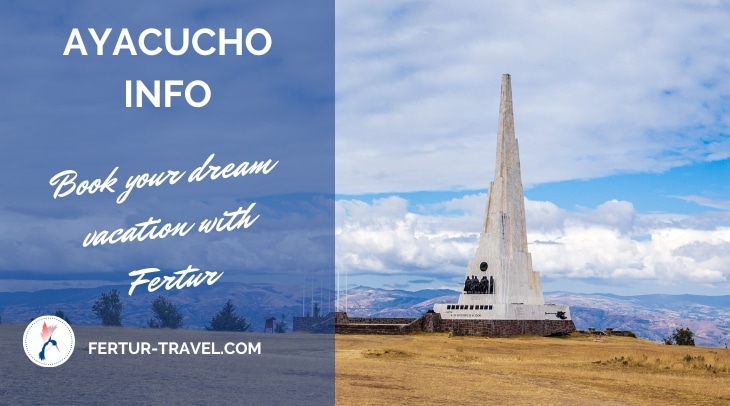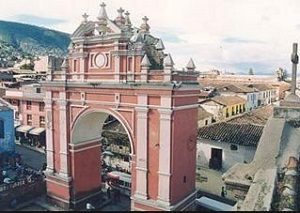

This central Andean city is one of the most fascinating and beautiful in Peru´s highlands. Located at 9,010 feet above sea level (2,731m.a.s.l.), Ayacucho is packed with historical significance. One of the earliest known human settlements in South America, dating back to 20,000 years before the birth of Christ, can be found here in the “Cave of Pikimachay.“
A historic rebellion by local tribes against Inca overlords resulted in so much bloodshed, the place was named Ayacucho, which in Quechua means “Corner of the Dead.“
Five hundred years before Spanish Conquistadors toppled the Inca Empire, the Huari culture dominated Peru´s highlands, and ruins of its capital city can be found near Ayacucho. Three hours away is the Inca ruin of Vilcashuamán, an important administrative and religious ceremonial center.
Francisco Pizarro founded Ayacucho in 1539 as an intermediate stopover between the coastal capital, Lima, and Cusco. In 1824, a combined force of soldiers from all over the America´s fought an epoch battle on the Pampa of Quinua near the city to drive the last vestige of Spain´s army from Peru.
Ayacucho has also come to be known as the “City of Churches” for its 38 houses of worship. Every April the whole city takes part in Peru´s most spectacular Easter week religious festival.
< Prev: Ayacucho highlights